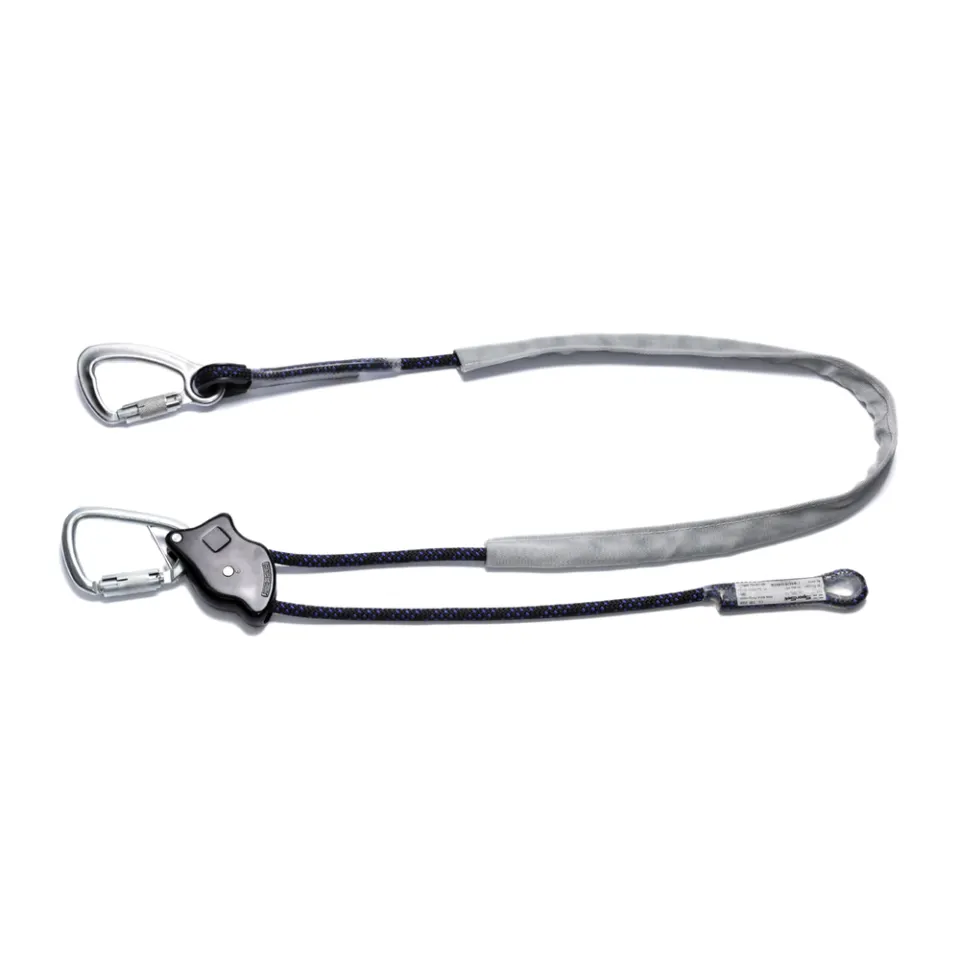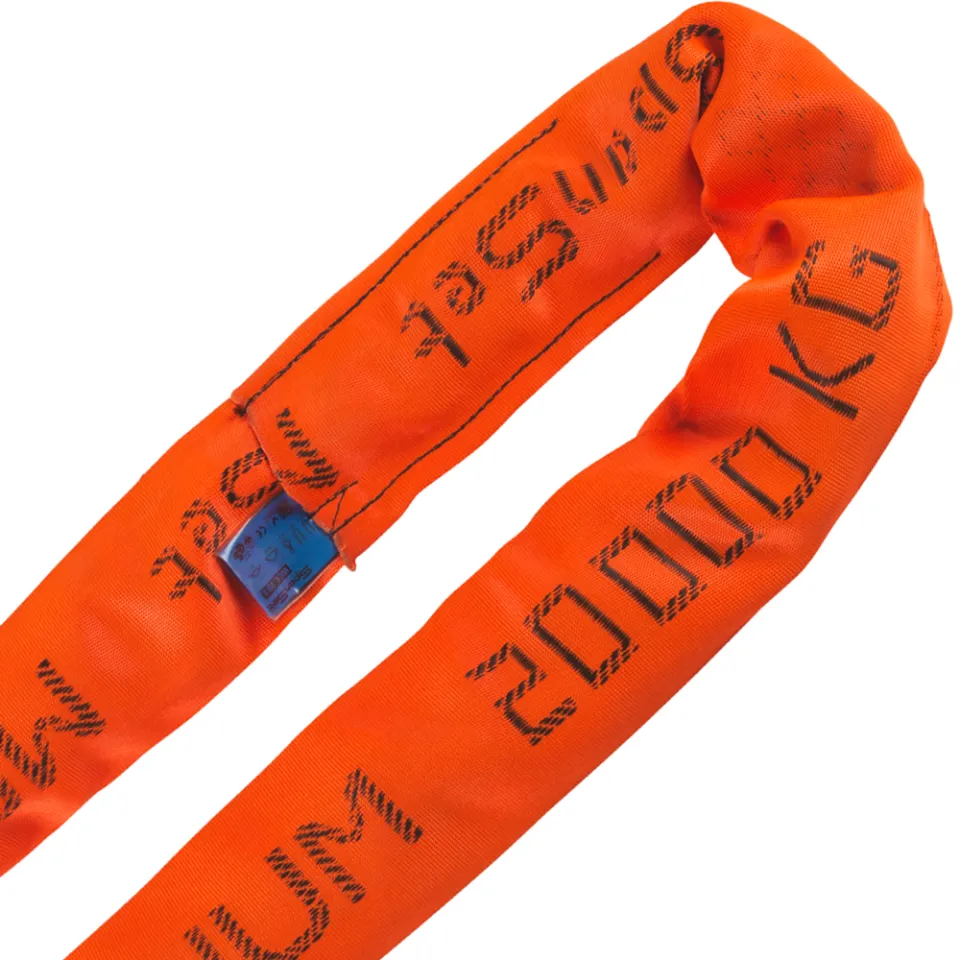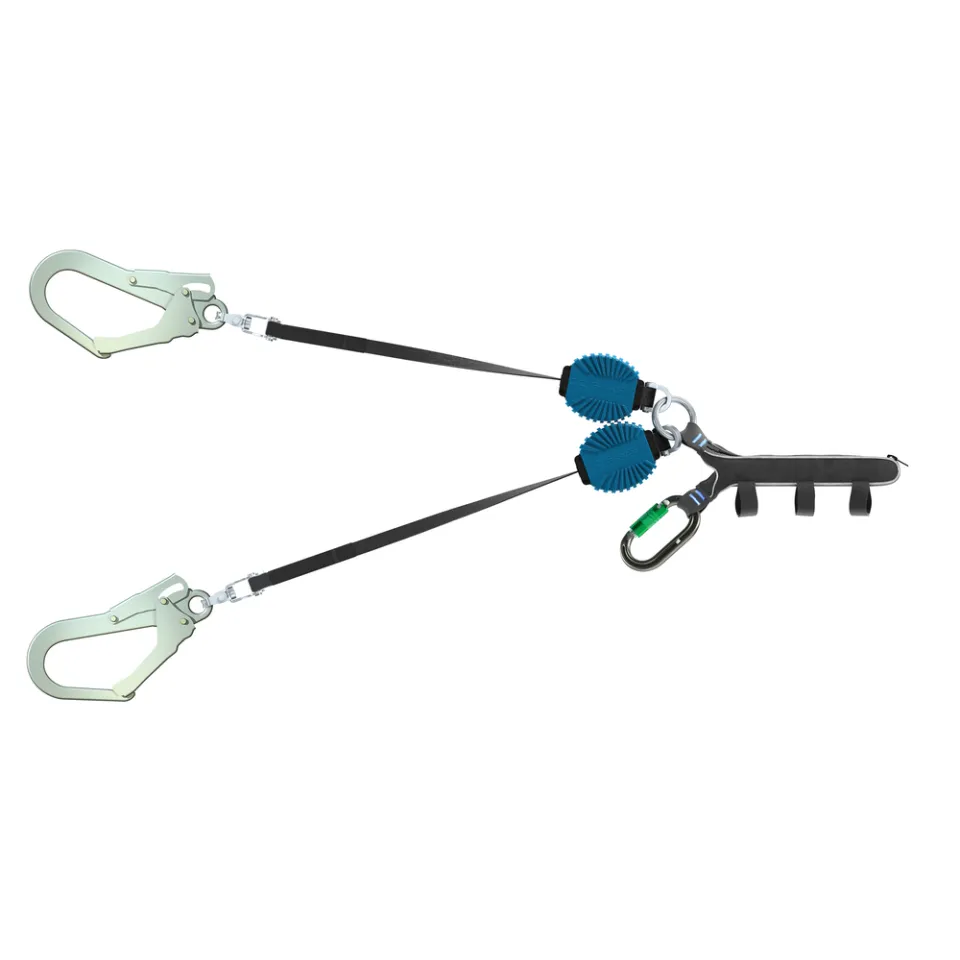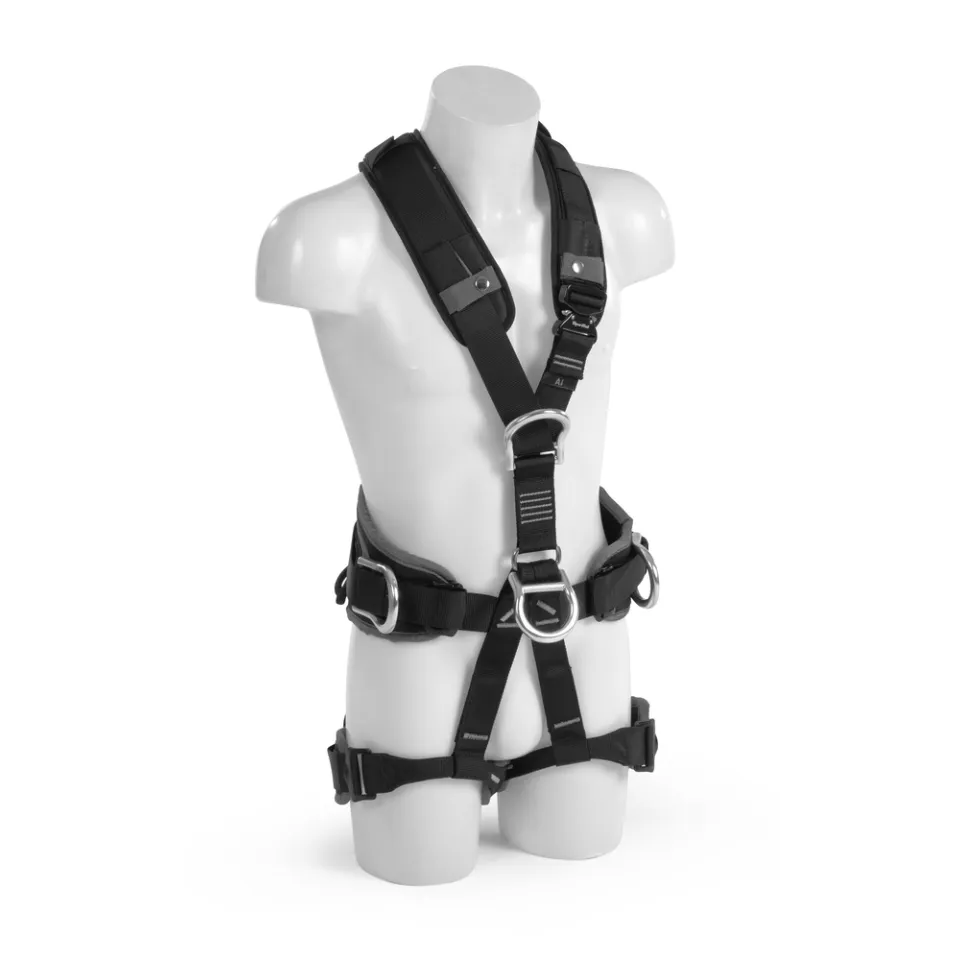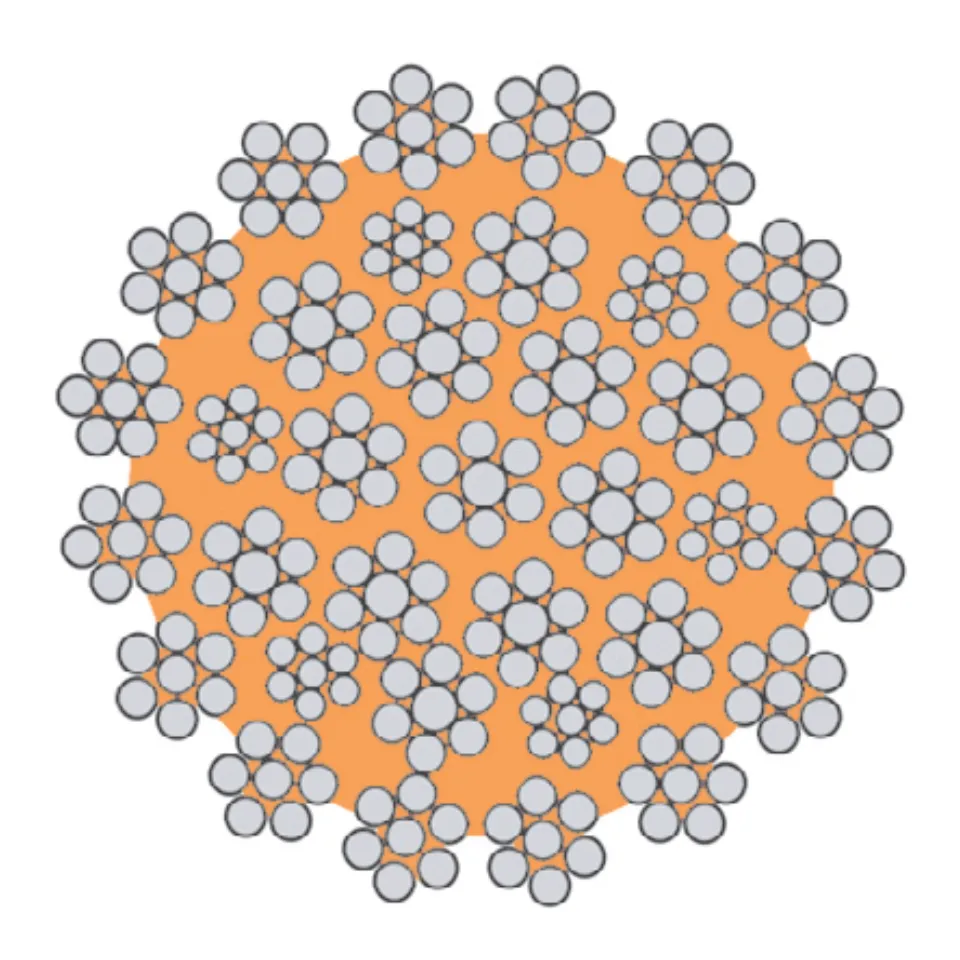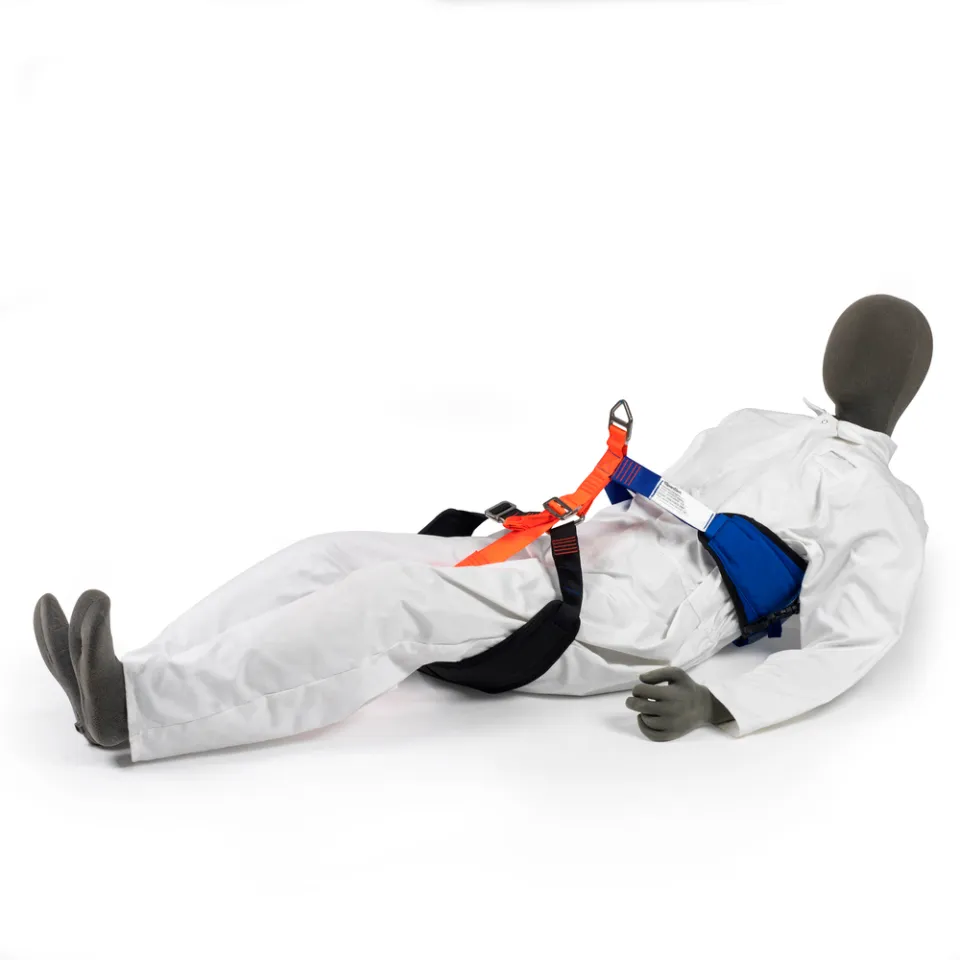Working at height carries significant risks that require special handling. Working at Height (WAH) training aims to provide the knowledge and skills necessary to work safely at height, thereby reducing the potential for workplace accidents.
Objectives and Benefits of Working at Height (WAH) Training
Working at height is a serious task that involves life-threatening risks. Attending training is a key way to build knowledge and unlock the potential within workers who operate at heights.
Enhancing Safety Awareness and Knowledge
The training is designed to provide a comprehensive understanding of the risks associated with working at height. Participants will learn how to identify hazards, manage risks, and apply preventive measures to stay safe while on the job.
Ensuring Compliance with Occupational Safety Regulations
Both companies and workers are required to comply with occupational safety regulations. WAH training helps ensure that every worker operating at height understands and is committed to applying the safety standards as outlined in the Ministry of Manpower Regulation No. 9 of 2016. This helps companies reduce the risk of penalties and create a safer work environment.
Main Topics in Working at Height (WAH) Training
The training provides key materials that serve as guidelines to equip workers with the knowledge and skills needed to work safely at height.
1. Hazard Identification and Risk Assessment
- Understanding potential hazards in high-risk work environments.
- Conducting risk analysis and assessment before starting any work.
- Recognizing the causes of accidents and how to prevent them.
2. Safety Regulations and Standards
- Introduction to safety regulations and standards for working at height, based on the Ministry of Manpower Regulation No. 9 of 2016.
- Understanding the rights and responsibilities of both workers and employers in implementing a safety system.
3. Use of Personal Protective Equipment (PPE)
- Types of PPE used for working at height, such as full body harnesses, lanyards, and safety helmets.
- Installation, use, and maintenance techniques to ensure optimal functionality of PPE.
4. Safe Work Techniques at Height
- Appropriate work methods based on job type, such as using scaffolding, ladders, and rope access systems.
- Safe work procedures to minimize fall or injury risks when working at height.
5. Fall Protection Systems
- Introduction to active and passive fall protection systems.
- How anchor points, lifelines, and shock absorbers work to protect workers.
- Simulations using fall protection systems in various work scenarios.
6. Evacuation and Rescue Procedures
- Emergency evacuation techniques for incidents occurring at height.
- Use of rescue equipment such as descenders and rescue kits.
- Simulated rescue scenarios for emergency situations.
7. Field Practice and Simulation
- Hands-on practice with PPE and fall protection systems in real conditions.
- Simulated work scenarios to ensure participants’ comprehension and skills.
- Final evaluation to assess competency before certification is awarded.
By attending this training, workers will improve their understanding and skills to work safely at height, thereby reducing the risk of workplace accidents.
Who Should Attend WAH Training?
This training is mandatory for anyone working in areas at risk of falling from height. In Indonesia, there are two types of WAH certifications:
1. High-Rise Building Workers (TKBT)
TKBT certification is for workers operating at height on fixed or temporary work platforms. Examples of jobs include:
- Using scaffolding on construction projects
- Working on rooftops of multi-story buildings
- Installing and maintaining tall building structures
2. Rope Access Workers (TKPK)
TKPK certification is more focused on workers who rely on rope access as the primary method for reaching work areas. Examples include:
- High-rise window cleaning
- Building façade maintenance and repair
- Telecommunications tower inspection and maintenance
Certification and Qualification Process
The certification and qualification process is governed by the Ministry of Manpower Regulation No. 9 of 2016. Requirements include:
Educational and Age Requirements
Participants must meet minimum education and age requirements to join WAH training. For example:
- TKPK Level 1: Minimum elementary school education (or equivalent), minimum age of 18 years.
- TKPK Level 2: Minimum junior high school education, possession of TKPK-1 certificate, and at least 500 documented work hours.
- TKPK Level 3: Minimum senior high school education, minimum age of 22, possession of TKPK-1 and TKPK-2 certificates, at least 1000 work hours, and workplace first aid certification.
- TKBT: Minimum elementary school education (or equivalent), minimum age of 18 years.
Training Duration and Evaluation Methods
The training is conducted over a set duration and includes theoretical and practical evaluations to ensure participants understand the concepts and can apply safety practices effectively.
Official Certification and Licensing
Upon completion, participants will receive an officially recognized certificate. In Indonesia, certifications can be issued by either BNSP or the Ministry of Manpower, each covering different areas and focuses.
See also the article: Differences Between BNSP and KEMNAKER OHS Certifications.
Differences Between WAH Training in Indonesia and Abroad
In Indonesia, regulations for working at height are outlined in the Ministry of Manpower Regulation No. 9 of 2016, while in other countries, the standards vary, such as OSHA in the U.S.
| Aspect | Indonesia | Abroad |
| Regulations and Guidelines | Governed by MoM Regulation No. 9 of 2016, covering safety procedures, worker responsibilities, and operational standards. | Varies by country. For example, OSHA (U.S.) emphasizes technology and innovation, while the European Union focuses on well-being and risk management. |
| Types of Certification and Qualification |
- Rope Access Workers (TKPK): Focused on rope access for tasks like tower maintenance. - High-Rise Building Workers (TKBT): Involves fixed or temporary structures such as scaffolding and rooftops. |
- More varied certifications depending on the industry and country. - Examples include: advanced rope access certification, tiered licenses based on experience, and specialized equipment certifications. |
| Training Approach | Focuses on standardized national regulations tailored to Indonesia’s industrial conditions. | More flexible, adapting to technological advancements and the needs of specific industries in each country. |
Conclusion
WAH training is a crucial step toward ensuring worker safety and regulatory compliance. By understanding the best practices and standards used in Indonesia and abroad, companies can foster a safer, more productive work environment.
If you have further questions or are interested in joining a Working at Height training program, don't hesitate to contact us. We're here to help you improve your workforce's safety and competence!
